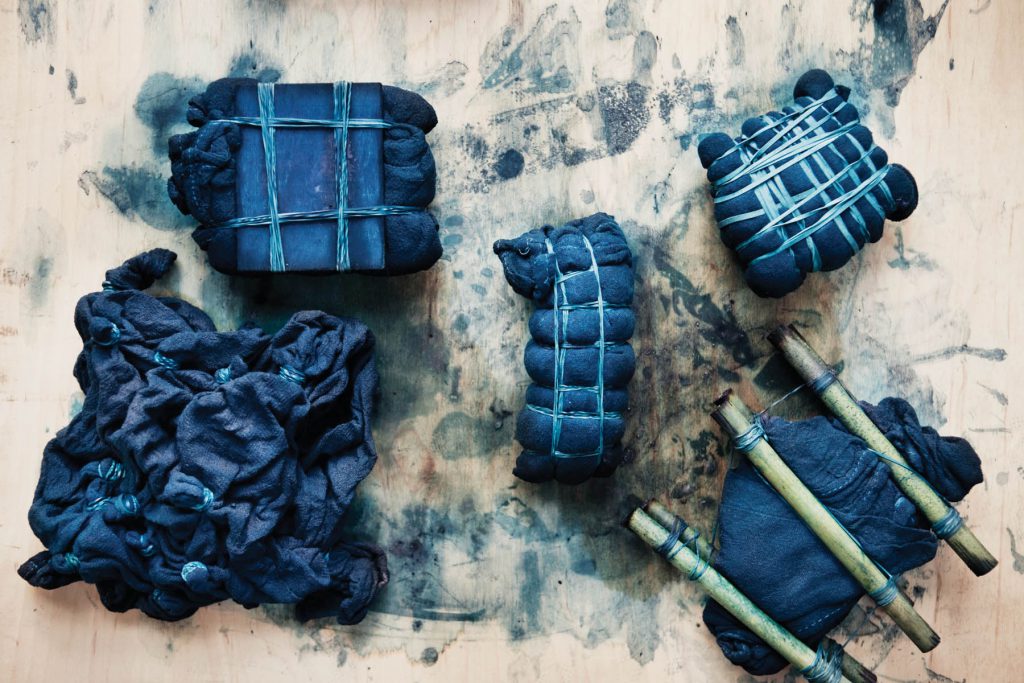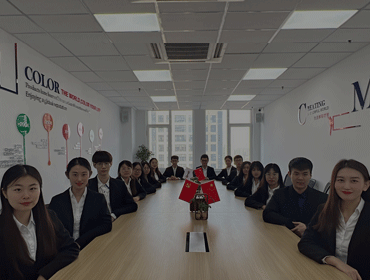Indigo
Indigo is the colour that makes blue jeans blue.
The indigo colour originates from India. The name ‘indigo’ comes from the Greek word ‘indikón’—which became ‘indicum’ in Latin—and the original meaning was simply “a substance from India.”
Indigo is one of the oldest dyestuffs still in use today. In 2016, a 6000-year-old scrap of fabric dyed with indigo was found in Peru.
The history of indigo
Today, indigo-dyed garments are an integral part of everyone’s wardrobe: we all wear blue jeans. It’s easy to forget that indigo used to be a rare commodity.
Only a few centuries back, this mysterious dyestuff was so exclusive that only royalty and the aristocracy could afford it. It was imported with great difficulty from far-off colonies, which earned indigo a status similar to that of tea, coffee, silk or even gold.
Archaeologists have traced the use of indigo back 6,000 years, which makes it one of the oldest dyestuffs still in use today. The oldest preserved indigo-dyed textile fragments in existence were unearthed in pyramids built during Ancient Egypt’s Fifth Dynasty. That means they’re as much as 4,500 years old.
Synthetic indigo
Indigo used to be ‘natural’ as it was made from plants. These days, however, almost all indigo is synthetic through chemical engineering.
The basic chemical structure of synthetic indigo was discovered in 1878 by the German chemist, Adolf von Baeyer. It was, in fact, the first synthesised dyestuff ever made, which won von Baeyer the Nobel Prize in Chemistry in 1905.
Working with Germany’s Badische Anilin- & Soda-Fabrik (BASF), he spent three decades, and more money than the company’s entire capital value, refining synthetic indigo.
The result, introduced as ‘Indigo Pure’ in 1897, was a phenomenal success, despite initial scepticism. By 1914, 95% of all natural indigo production had disappeared.
Today, almost all blue denim is dyed with synthetic indigo.
How to dye with indigo
Indigo is a vat dye. To get the dyestuff onto the yarn or the fabric, it’s solubilised in water with the help of a reducing agent.
When the yarn or fabric is pulled out of the dyeing vat, and gets in contact with the atmospheric oxygen, the oxidation process binds the colour molecules to the fibres of the yarn.






